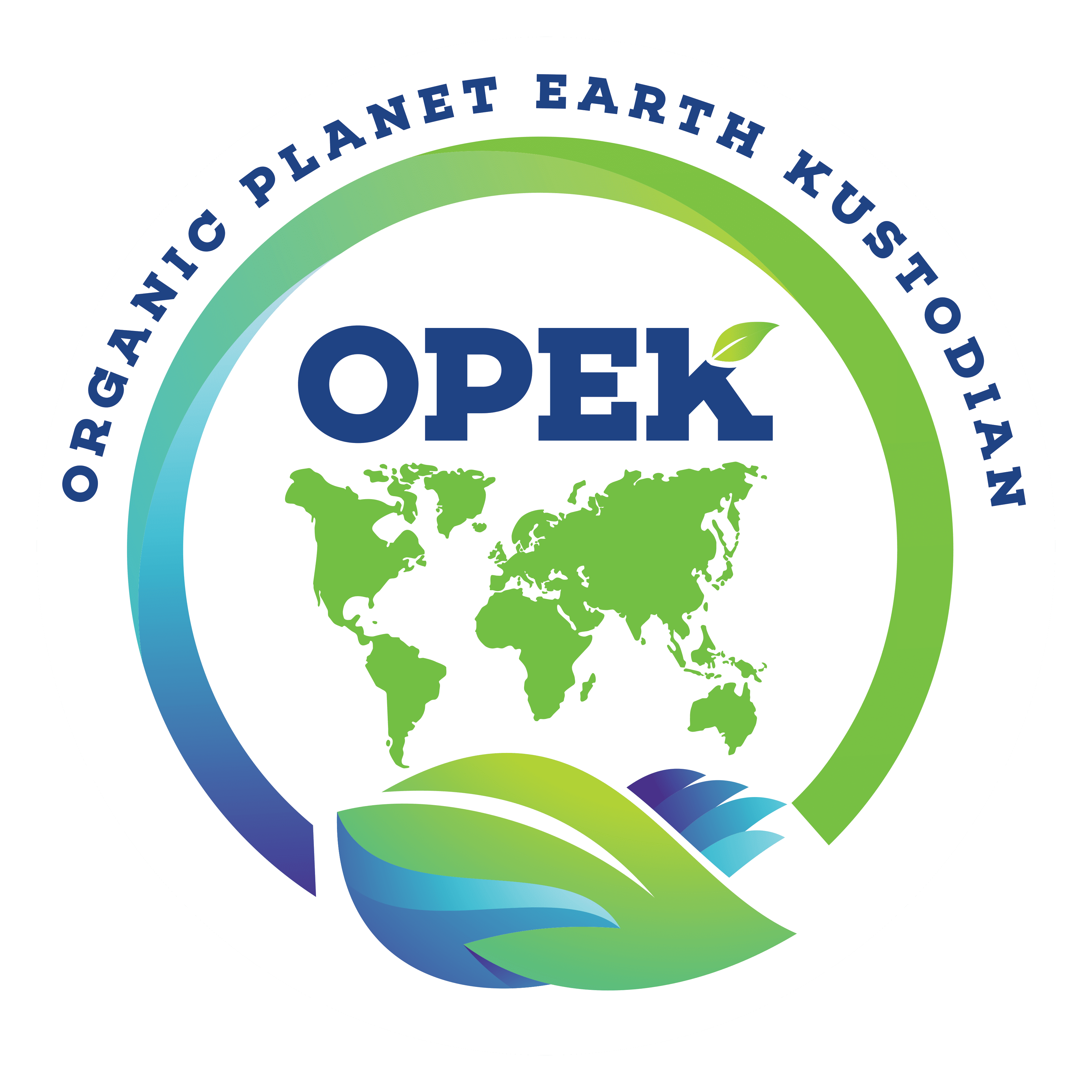Recycling for different types of plastic waste
For many materials, recycling is cost-effective and environmentally friendly. Take, for example, aluminium, which can be recycled indefinitely, using 95 percent less energy than it takes to produce new aluminium. When it comes to paper, the benefits are obvious: the Environmental Protection Agency estimates that one ton of recycled newsprint saves about 15 trees and 7,000 gallons of water. Plastic recycling protects the fossil fuels – natural gas or oil – that are used to make it. However, plastics are usually “made” into lower quality and lower cost products, such as carpet fibres or automotive parts. While it’s true that virtually any plastic can technically be recycled, that doesn’t mean that it is.
Despite the benefits of recycling, the recycling rate in the United States lags behind other developed countries. Overall, only about a quarter of waste is recycled, and only 60 percent of the nation’s community has access to a pickup truck for recycling waste, according to EPA data. Some materials are recycled in relatively large amounts: more than two-thirds of paper and about one-third of aluminium. But for plastic, the figure is only eight percent. Another 16 percent is burned. Most of the plastic – the remaining 76 percent. – ends up in landfills.

Another problem: before existing plastic can be recycled, it has to be sorted by type. Only two types are regularly turned into new products: Recycling symbol with a number 1Polyethylene terephthalate (PET) is a clear plastic used for water or soda bottles. But other PET packaging, like the clamshell containers used for berries, are rarely recycled. Recycling symbol with a number 2High-density polyethylene (HDPE) is an opaque plastic used in milk jugs and laundry detergent bottles.
Recycling symbol with a number 3Polyvinyl chloride (PVC) is a tough plastic commonly used for pipe and building materials. It is rarely recycled — and usually ends up in a landfill. Recycling symbol with a number 4Low-density polyethylene (LDPE) is a flexible plastic used for shrink wrap, bags and toothpaste tubes. Recycling symbol with a number 5Polypropylene (PP) is often used for yogurt containers and shampoo bottles. Recycling symbol with a number 6Polystyrene (PS) is often used for packaging, often as Styrofoam, or in its rigid form in Solo cups and other containers. Recycling symbol with a number 7“Other. Any other type of plastic, or some combination of any of the above. Most of these sorting companies then sell those recyclables into a global market. For years, Chinese recyclers bought up the mixed plastics, sorting out what they could use. A February Greenpeace survey of 367 sorting facilities found only a handful that would still sell mixed plastic. Too little packaging, and you end up wasting food. That`s a deal breaker, because the impact of growing that food is much more … than the impact of producing the packaging. And there`s one choice that experts say is almost always beneficial: using less and finding ways to reuse what you have.
References:
FRONTLINE. (n.d.). When Does Recycling Your Plastic Make Sense? The Answer Isn’t So Simple. [online] Available at: https://www.pbs.org/wgbh/frontline/article/what-plastic-types-to-recycle/.


 by
by